Every Inch of the Camino Frances
Each Spring we dust off our hiking boots and get out our walking sticks to start our Camino season with a group of pilgrims to walk Every Inch of the Camino Frances. This tour starts in Saint Jean Pied de Port, France and we walk a total of 791km (or 491miles) to arrive to the Cathedral in Santiago de Compostela!
As guides, we truly relish this adventure as we often have our own unique journey along The Way. However; most importantly, we get to know, support and be part of the special journey of our Andaspain pilgrims. We love nothing more than watching them reach their goal.
History of The Camino Frances
The Camino de Santiago, or The Way of Saint James, is one of the oldest and most famous pilgrimage routes in Europe. Camino literally means the “way.”
The Camino de Santiago, along with the road to Rome (the Via Francigena) and the road to Jerusalem, was one of the most important Christian pilgrimages during the Middle Ages. Pilgrims came on foot from all over Europe to the Cathedral in Santiago de Compostela in order to receive their plenary indulgence.
The French Way is by far the most popular route of the various Camino paths. In 2019 (the last full year a Camino season is recorded on the Cathedral statistics website), 55% of all pilgrims walked the Camino Frances; followed by 21% walking the Camino Portuguese.
Of that 55% who walked the French Way, only 5% started in Saint Jean Pied de Port. Most pilgrims, at 36%, started in the town of Sarria. This is the town most people start to walk the Last 100kms of the Camino Frances. The requirement to request a Compostela certificate issued by the Archdiocese of Santiago de Compostela and the Pilgrim’s Office is to walk the last 100kms of any Camino de Santiago.
Fully Guided Tour
This tour is a fully guided tour, meaning you have at least 1 of our expert guides. This tour is also one of our more independent tours as it is 36 days long! We include all breakfasts, 12 lunches and only 5 dinners, allowing you to explore on your own and/or get some downtime in the evenings.
Every day there is a daily briefings of the walking day which includes terrain, distance, expected weather and; of course, where we will hold our 2-3 checkpoints a day.
A checkpoint is when a guide is on the trail to check you are doing ok with the walking day. Our guides have water to refill your bottle or camelback, as well as snacks to help fuel the way. Normally, our snacks include fruit, nuts and whatever local baked good is popular in the area!
A support van is at these checkpoints so you can leave a bag with a change of shoes, jacket, etc. And if for some reason, you can’t make it to the next checkpoint and your feet need a break, you can jump in the van to shuttle ahead.
Learn more here about us and our guides. Press here for more information about how we run our Camino tours.
Famous sites and cities along The Camino Frances.
Crossing the Pyrenees
By far one of the most challenging walks on the Camino Frances is day 1 from St Jean Pied de Port over the Pyrenees into Roncesvalles. You go from 170 meters to 1450 meters in height in about 20 kilometers. You are literally climbing over a mountain. About half way up the climb you reach the point of Pic D’Orisson, an altitude of 1095 meters.
Sitting slightly off the Camino is a statue of the Virgin Mary with her child in her arms. It is believed that she was brought from Lourdes to watch over the pilgrims climbing the mountain. Religious or not, after battling that difficult uphill climb, Mary offers a calming and reassuring comfort that you will not be alone on your Camino.
Alto de Perdón
About 13 kilometers after you leave the lively city of Pamplona, there is a decent climb to the Alto del Perdón. In Spanish, this means the “height of forgiveness.” At the top sits the famous structure of pilgrims walking to Santiago de Compostela. Written on the structure is the phrase – “donde se cruza el camino del viento con el de las estrellas.” Where the path of the wind meets the stars. The statue was placed in 1996 and represents the progression of pilgrims throughout the centuries.
Once you get to the top, do check out the art. However, our favorite reason to climb up the 790 meters is to have a bird’s eye view of Pamplona behind you.
Burgos
Burgos is formerly the capital of Old Castile. Upon entering old town Burgos, stands the Saint March Archway. This is one of the original and main entryways into Burgos old town. It is from 12th-century and is part of the wall which encircled Burgos, keeping the city safe. It is a site not to miss and our Burgos hotel sits just outside of this archway.
We have a private guided tour of the Cathedral of Burgos. The construction of Our Lady of Burgos began in the 13th century and was finally completed in the 15th and 16th centuries. This Gothic Cathedral boats fascinating architecture with further Gothic style pieces including paintings, choir stalls, reredos, tombs and stained-glass windows.
Castrojeriz
Coming into Castrojeriz, the Camino Frances passes under the ruins of an old monastery, St Anton San Antonio Abad. It was set up as hospital caring for patients ill with St Antony’s Fire, an infectious disease at the time. Pilgrims pass under the speculator two arches that were used to protect the entrance to the church.
At the top of the small town of Castrojeriz sits a castle in ruins. It is well worth the extra walk to the top to take in the view of the expanding Meseta and maybe even capture a sunset.
However, our most favorite part of Castrojeriz is the walk out of town. After 2 km, walkers reach the Alto de Mostelares, which sits at a difference in altitude of 145 meters from Castrojeriz. Like the castle, this height offers even more incredible views of the plateau.
León
Our group has one rest day in the city of León. While in town, there is a private tour of the Cathedral and of old-town León. The Cathedral is named the Santa María de León Catedral. It’s nickname is the House of Light or the Pulchra Leonina. It has this name due to the stunning stained glass windows. There are over 1,764 square meters of surface, most of that being windows. This Cathedral is one of the oldest and best conserved collections of stained glass throughout Europe.
After our tour of the Cathedral, our local expert guide takes you around old town to show you other famous sites. We visit the Basílica de San Isidoro, a smaller church located on the site of an ancient Roman temple. Its Christian roots can be traced back to the early 10th century. The tour goes by the Casa Botines, a Modernist building designed by Antoni Gaudí. It was erected between 1891-1892 and is now home to a museum dedicated to Gaudi.
We finish with a stop in Barrio Humido, meaning the wet neighborhood. It sits in the old mediaeval quarter of the city and gets its name due to the to the number of bars and restaurants packed into a very small square. We suggest getting lunch or at least a drink in the square to finish off your time in León.
Puente de Hospital de Orbigo
The old Orbigo Puente is a 13th-century bridge located between the cities of Leon and Astorga. It is the longest bridge on the Camino Frances at 204 meters in length (approximately 670 feet) and has 20 arches. The bridge also carries the legend of El Paso Honroso, a medieval love story.
The 15th century knight, Leonés Don Suero de Quiñones was in love with a lady by the name of Doña Leonor de Tobar. To impress Leonor, he told the King he would defeat 300 men in jousting over this bridge. Knights traveled from all over Europe to take their try at defeating the knight. Apparently, after defeating the various knights for over a month, he was declared a victor and got the girl. We hope so!
La Cruz de Ferro, or the Iron Cross
Rabanal del Camino is an ancient town along the Camino Frances. It is thought that the Knights Templar were present in the town from the 12th Century. About 7 kilometers past this town, stands La Cruz de Ferro or the Iron Cross. This is probably one of the most known symbols of the Camino de Santiago on the French Way.
Since the 11th century pilgrims along the Camino de Santiago have left stones at the Cruz de Ferro to symbolize the sins that pilgrim committed. Leaving the rock absolves them of these sins. Today, people also leave prayers and well-wishes at the bottom of the Iron Cross. You can come with something to leave; or you can collect something on your walk to the Iron Cross.
Melide
Melide, the town made famous by pulpo, is a very popular town along the Camino Frances. Pulpo, or octopus, has become one of the signature foods of the people of Melide. Melide is not close to the sea as it is about 100kms from the nearest sea side town in Galicia. Pulpo, prepared in the traditional Galician style or Pulpo a Feira, is always frozen before being cooked in pots of salty water. This means this ocean delicacy could make the drive from the Sea to Melide.
If you were to find yourself amongst the stalls of this historic market, you would eat pulpo topped with rich olive oil and your choice of sweet, smoked or spicy paprika (of course with a chunk of Galicia bread as your plate). You would drink the local white wine out of small bowls rather than typical stemmed wine glasses. To top it off, you would then fulfil your sweet tooth with sweet and crispy churros.
Tabernanova, Andaspain’s own bar along the Camino Frances
We have our very own cafe and home on the Camino de Santiago. It is located on the trail at km33.6 on the Camino Frances, Camino del Norte, and the Camino Primitivo (as they all combine into one path before entering Santiago de Compostela).
The bar is located in a small hamlet called Tabernavella. In Gallego, this means “old tavern.” Over 200 years ago, the local priest built this tavern for the small village. The tavern sold beer and wine as well as staple products such as rice, eggs, and flour. When the priest passed, he handed the house over to his beloved niece. Here, she raised her family and extended the property to include a larger home and barn.
Over the years, the family moved on from the property. After falling in love with the spot along with the desire to restore and bring life back to the property, the home was purchased in 2014. The old farmhouse is where the New Tavern was reconstructed, or the bar – TabernaNova.
All of our fully-guided tours along the above mentioned routes, stop here for a special checkpoint.
What’s included in the Every Inch of the Camino:
- 35 nights’ accommodation in great hotel and manor houses always with private bathroom
- Transfers from Pamplona at start of trip
- All breakfasts, 12 lunches and 5 dinners including wine
- Water and snacks along the way
- All baggage transport and van support if your legs need a break…
- Guided tours of the cathedrals of Burgos, Leon and Santiago de Compostela
- The Credencial or Pilgrim´s Passport and scallop shell
- Guide Book with full set of maps for the Camino
- English and Spanish speaking guide/s
Highlights of the Every Inch of the Camino
- Being a pilgrim! You will be walking with people from all over the world all heading to the same place. One of the things that make the Camino Frances so special.
- The changes in landscape, architecture, language, cuisine, and climate as you move through this vast and amazing country.
- The many monuments, chapels, churches, and cathedrals marking the way. From the magnificent Gothic cathedrals of Burgos and León to Romanesque gems such as Santa María de Eunate in Navarra and Vilar de Donasin Galicia.
- The great expanse of the Meseta between Burgos and León with its haunting beauty, immense skies and vast plains of wheat.
- Walking through the beautiful Bierzo region of Castilla y León with views of heather-covered moors and tiny villages filled with slate-roofed houses.
- Arriving at the Plaza de Obradoiro to see the cathedral of Santiago de Compostela, along with the familiar faces of all the other pilgrims who have, like you, walked almost 500 miles to get there!
On our Every Inch of the Camino de Santiago Tour, we apply for the distance certificate as well as the Compostela. The distance certificate is a recored showing the distance you covered on The Camino. Both are provided by the Pilgrims Office.
Camino Frances in Sections
Now we know this tour is an undertaken and is a whopping 36 days. Don’t have that time? Many of our pilgrims do a shorter section, coming back year after year, until they arrive at Santiago. We suggest you break it up into the following sections:
Part 1 – From the Pyrenees
This two-week expedition starts in the French village of St. Jean Pied de Port and finish in the famous Spanish city of Burgos. We walk the first 180kms of The Camino Frances, experiencing some famous sites on the trail such as the Alto de Perdón, Pamplona – the city famous for its pintos and the beautiful wine region near Logroño.
Part 2 – The Glorious Meseta
This section of the Camino Frances spans the high plains of Castilla y León over 10 days and covers 172kms between two majestic and important Camino cities – Burgos and León. If you like big skies, expansive horizons and patchwork fields – the Glorious Meseta is the walk for you.
Part 3 – Into Galicia
This final section of the Camino Frances covers 310kms from the lively city of León to Santiago de Compostela. Leave a stone at the famous Iron Cross before you voyage through the enchanting countryside of Galicia and finish at the Cathedral of Santiago de Compostela to request your Compostela.
We start our next Every Inch of The Camino Frances tour the 28th April – 2 June 2024. Contact us now for more information.
If you are looking for a road less traveled route, check out our Camino Portuguese Tour or our Self-guided Tour packages.

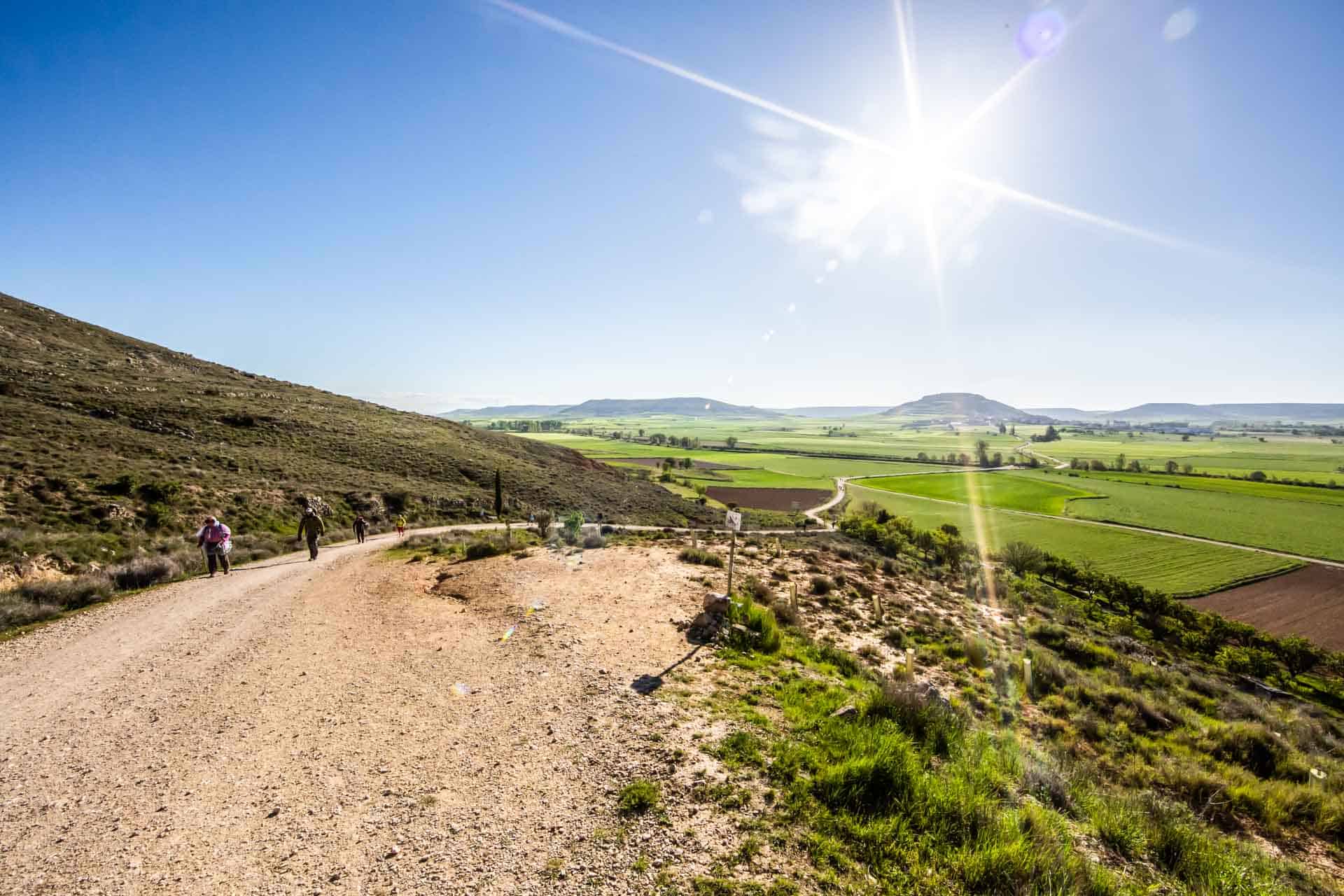


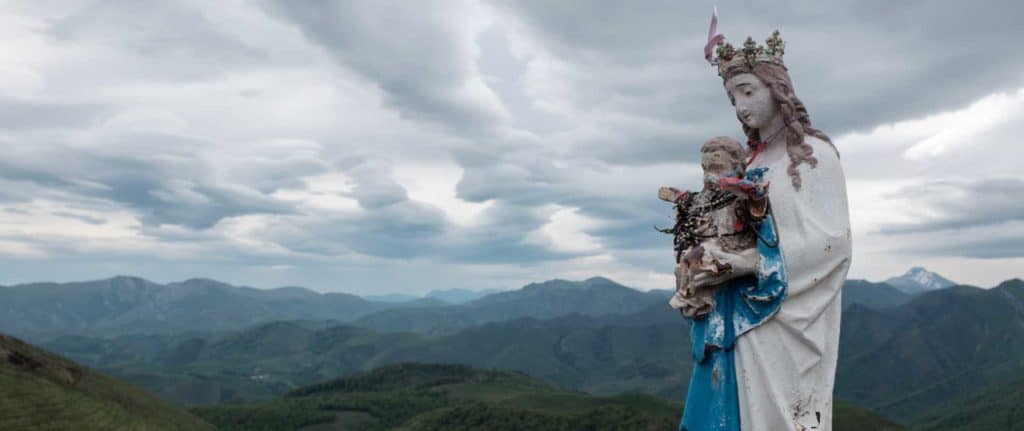

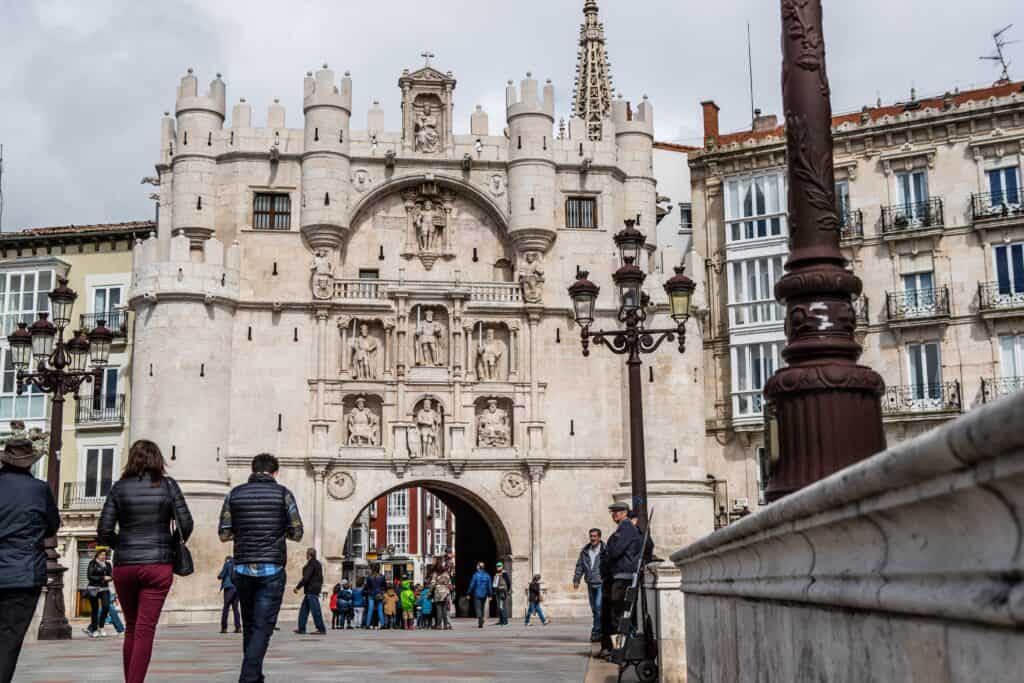
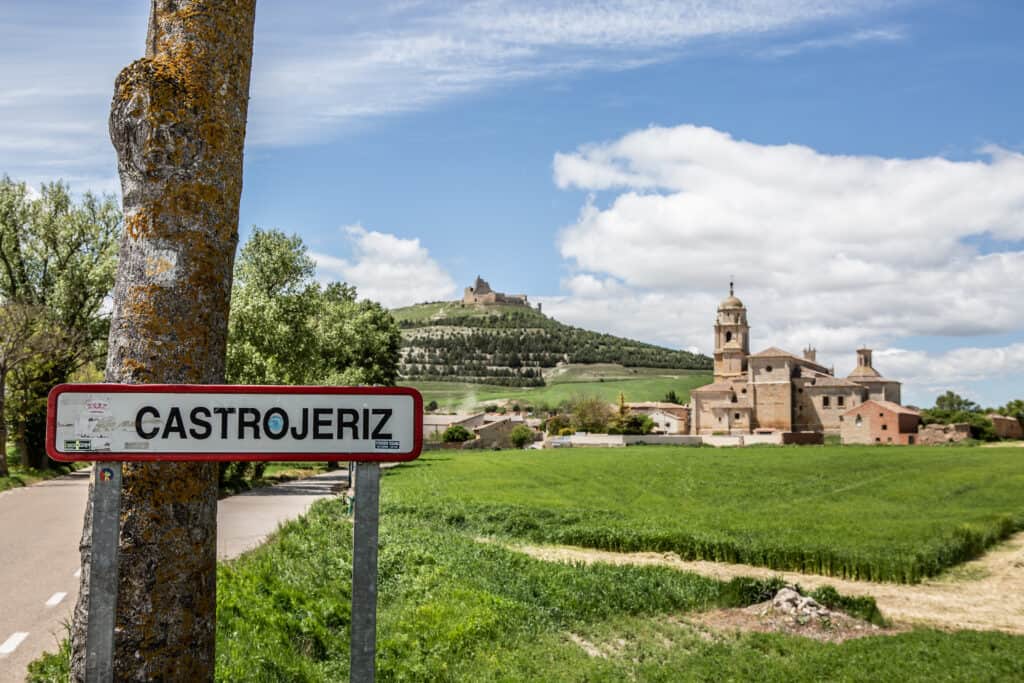
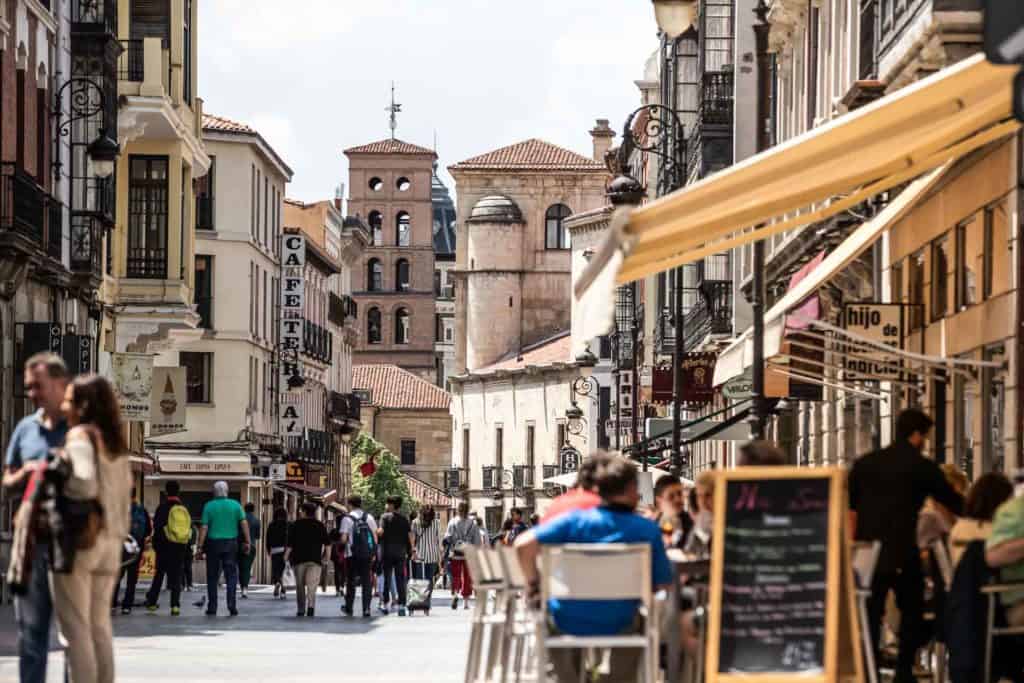
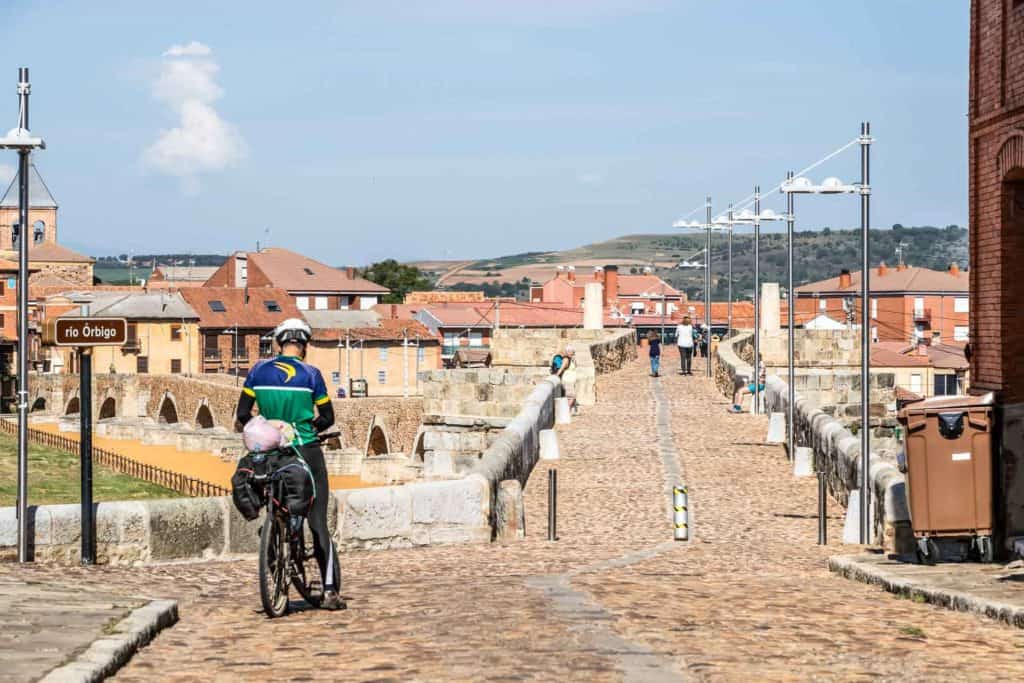


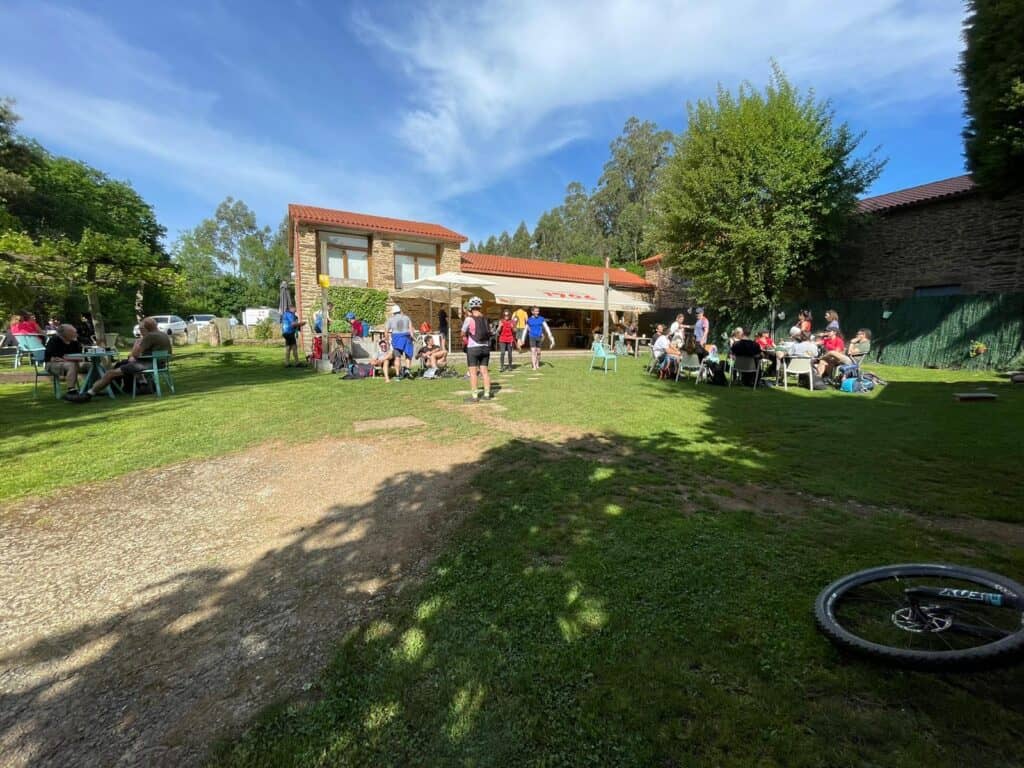

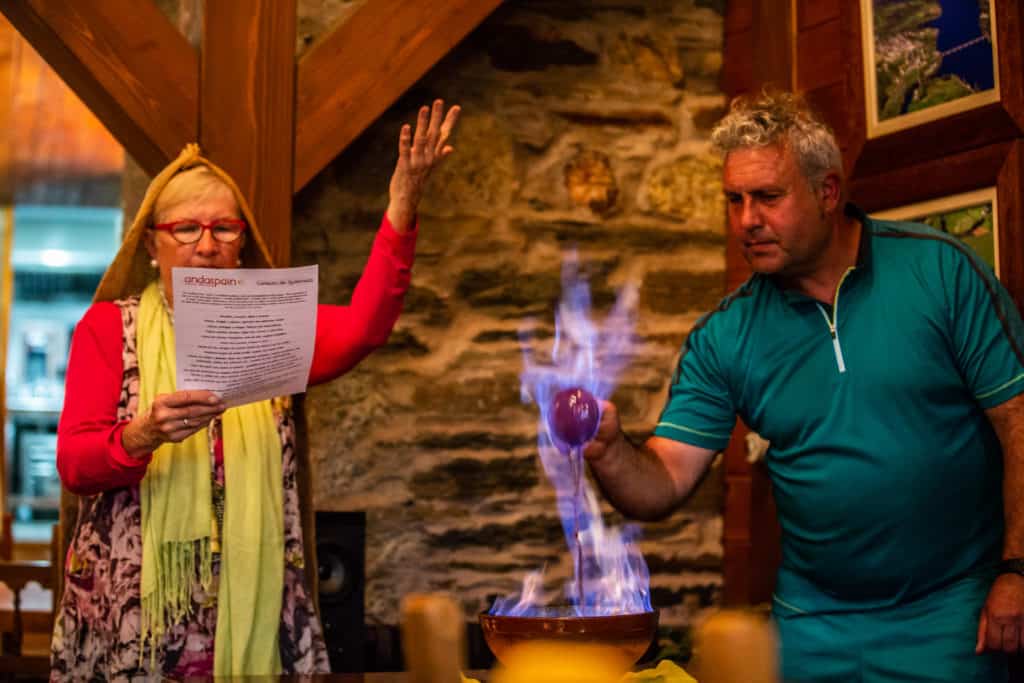
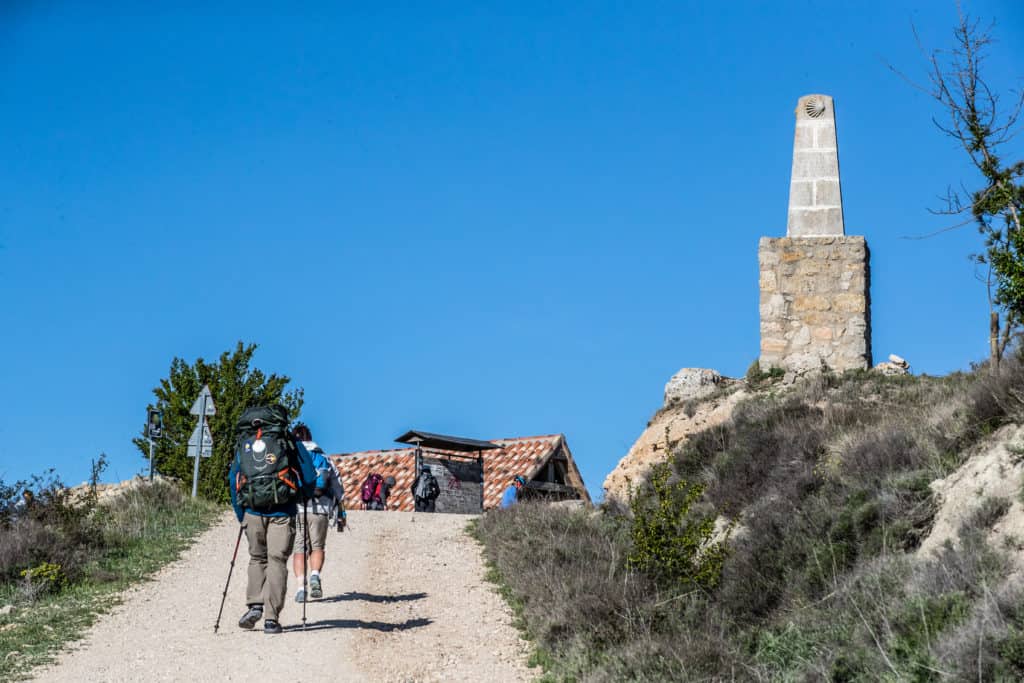


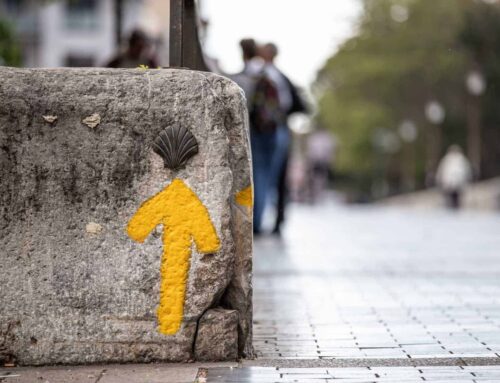
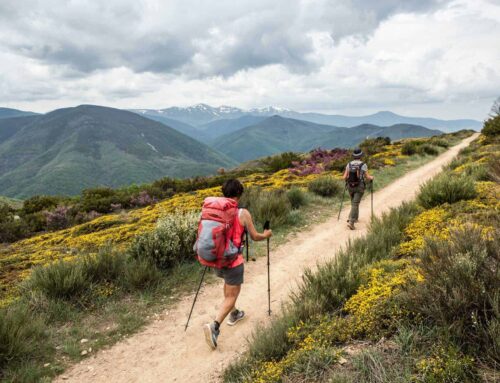
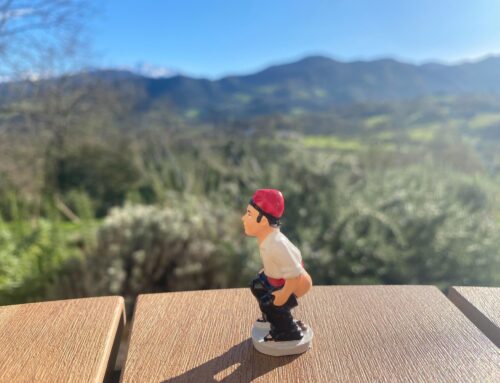
Leave A Comment